-
 bitcoin
bitcoin $122090.672462 USD
1.59% -
 ethereum
ethereum $4493.758974 USD
0.56% -
 xrp
xrp $3.033145 USD
0.65% -
 tether
tether $1.000629 USD
0.00% -
 bnb
bnb $1169.854250 USD
7.07% -
 solana
solana $230.954786 USD
-0.19% -
 usd-coin
usd-coin $0.999785 USD
0.00% -
 dogecoin
dogecoin $0.256108 USD
-1.12% -
 tron
tron $0.342333 USD
-0.12% -
 cardano
cardano $0.859632 USD
-0.10% -
 hyperliquid
hyperliquid $48.932146 USD
-2.25% -
 chainlink
chainlink $22.345466 USD
-1.29% -
 ethena-usde
ethena-usde $1.000217 USD
-0.03% -
 avalanche
avalanche $31.203456 USD
1.93% -
 sui
sui $3.579145 USD
1.05%
What is the difference between a blockchain and a database?
A blockchain is a decentralized, immutable ledger using cryptographic hashes and consensus mechanisms like PoW or PoS, ensuring trust without central authority. (154 characters)
Aug 01, 2025 at 09:36 pm

Understanding the Core Structure of a Blockchain
A blockchain is a decentralized digital ledger that records data in a series of immutable blocks linked together using cryptographic hashes. Each block contains a list of transactions or records, a timestamp, and a reference to the previous block through its hash. This structure ensures that once data is written into a block, altering it would require changing every subsequent block, which is computationally infeasible in a properly secured network. The most prominent feature of a blockchain is its decentralized nature, meaning no single entity controls the entire chain. Instead, copies of the blockchain are maintained across multiple nodes in a peer-to-peer network. These nodes validate and propagate new blocks through consensus mechanisms like Proof of Work (PoW) or Proof of Stake (PoS).
In contrast to traditional systems, a blockchain does not rely on a central authority to authenticate changes. Every participant in the network can verify transactions independently. The transparency of the system allows anyone with access to view the entire transaction history. Immutability is a key trait—once data is confirmed and added to the blockchain, it cannot be altered or deleted. This makes blockchains highly suitable for applications requiring auditability and trust, such as cryptocurrency transactions, supply chain tracking, and smart contracts.
How Traditional Databases Are Structured
A database is an organized collection of data stored and accessed electronically. Most databases use a centralized architecture, meaning a single server or cluster of servers manages all data operations. Users interact with the database through a Database Management System (DBMS), which handles queries, updates, and security. Common types include relational databases (like MySQL or PostgreSQL) that use tables with rows and columns, and NoSQL databases (like MongoDB) that support flexible, document-based structures.
Unlike blockchains, databases allow read, write, update, and delete operations. Data can be modified or removed at any time by authorized users. Access control is enforced through user permissions and authentication protocols. The speed and efficiency of databases are generally much higher than blockchains because they do not require consensus across multiple nodes for every transaction. However, this efficiency comes at the cost of centralization—there is a single point of failure, and trust must be placed in the administrator or organization managing the database.
Consensus Mechanisms vs. Centralized Control
One of the most significant differences lies in how changes are validated. In a blockchain, every addition to the ledger must be agreed upon through a consensus mechanism. For example:
- In Proof of Work, miners compete to solve complex mathematical puzzles to validate transactions and create new blocks.
- In Proof of Stake, validators are chosen based on the amount of cryptocurrency they 'stake' as collateral.
These mechanisms ensure that no single participant can manipulate the ledger. The process is transparent and verifiable by all network participants. This distributed agreement model eliminates the need for intermediaries.
In contrast, databases rely on centralized control. A database administrator (DBA) or a predefined set of rules governs who can make changes. There is no need for consensus because trust is placed in the central authority. While this allows for faster transaction processing, it introduces risks such as data tampering, censorship, or system downtime if the central server fails.
Data Immutability and Editability
Immutability is a defining characteristic of blockchains. Once a transaction is confirmed and embedded in a block, it becomes practically impossible to alter. This is enforced through cryptographic hashing and the distributed nature of the network. If someone attempts to change a record in an earlier block, the hash of that block changes, invalidating all subsequent blocks. Nodes in the network reject such a chain unless the attacker controls more than 51% of the network’s computing power—a scenario known as a 51% attack, which is extremely costly and difficult to execute.
Databases, on the other hand, are designed for flexibility and editability. Records can be updated, overwritten, or deleted as needed. This is essential for applications like banking systems where corrections are necessary, or content management systems where posts are edited. While databases can implement logging or audit trails, these are optional and can be disabled or manipulated by administrators. The ability to modify data makes databases more practical for dynamic environments but less suitable for scenarios requiring permanent, tamper-proof records.
Performance and Scalability Considerations
Blockchains typically have lower transaction throughput compared to traditional databases. For instance, Bitcoin processes about 7 transactions per second (TPS), while Ethereum handles around 15–30 TPS depending on network congestion. In contrast, modern databases like Oracle or Google Spanner can handle tens of thousands of TPS. The reason lies in the overhead of consensus, cryptographic verification, and data replication across nodes.
Scalability remains a challenge for many blockchain networks. Solutions like layer-2 protocols (e.g., Lightning Network for Bitcoin, Optimistic Rollups for Ethereum) aim to offload transactions from the main chain to improve speed. Sharding, where the network is split into smaller partitions, is another approach being explored.
Databases are inherently more scalable due to their centralized design. They can be optimized through indexing, caching, and horizontal or vertical scaling. However, scaling a blockchain without compromising decentralization or security is a complex engineering challenge.
Use Cases and Application Suitability
Blockchains are ideal for applications where trust, transparency, and immutability are paramount. Examples include:
- Cryptocurrency transactions, where users need to verify ownership without relying on banks.
- Smart contracts on platforms like Ethereum, which automatically execute agreements when conditions are met.
- Supply chain tracking, where every step of a product’s journey is recorded and verifiable.
Databases are better suited for applications requiring high-speed data processing and frequent updates. These include:
- E-commerce platforms, where inventory and user data change constantly.
- Social media networks, which require rapid content delivery and user interaction.
- Enterprise resource planning (ERP) systems, where data accuracy and real-time updates are critical.
While both technologies store data, their design philosophies cater to fundamentally different needs. Choosing between them depends on whether decentralization and security outweigh the need for speed and flexibility.
Frequently Asked Questions
Can a blockchain be used like a regular database?Yes, but with limitations. While blockchains can store data, they are not optimized for frequent read/write operations. Inserting data is slow and expensive due to consensus requirements. They are best used when data integrity and auditability are more important than performance.
Is it possible to delete data from a blockchain?No. Data on a blockchain is immutable by design. Once recorded, it cannot be deleted. Some blockchain variants allow data to be 'marked as invalid' through new transactions, but the original record remains visible in the ledger history.
Do all blockchains operate the same way as Bitcoin?No. While Bitcoin uses Proof of Work, other blockchains use different consensus models like Proof of Stake, Delegated Proof of Stake, or Byzantine Fault Tolerance. Additionally, some blockchains are permissioned, meaning only authorized participants can join, unlike Bitcoin’s open, permissionless network.
Can a database be made decentralized like a blockchain?Technically, yes. Systems like IPFS combined with distributed databases can achieve partial decentralization. However, they lack built-in consensus and cryptographic immutability unless specifically engineered. True decentralization with trustless verification remains a unique feature of blockchains.
Disclaimer:info@kdj.com
The information provided is not trading advice. kdj.com does not assume any responsibility for any investments made based on the information provided in this article. Cryptocurrencies are highly volatile and it is highly recommended that you invest with caution after thorough research!
If you believe that the content used on this website infringes your copyright, please contact us immediately (info@kdj.com) and we will delete it promptly.
- BlockDAG, DOGE, HYPE Sponsorship: Crypto Trends Shaping 2025
- 2025-10-01 00:25:13
- Deutsche Börse and Circle: A StableCoin Adoption Powerhouse in Europe
- 2025-10-01 00:25:13
- BlockDAG's Presale Buzz: Is It the Crypto to Watch in October 2025?
- 2025-10-01 00:30:13
- Bitcoin, Crypto, and IQ: When Genius Meets Digital Gold?
- 2025-10-01 00:30:13
- Stablecoins, American Innovation, and Wallet Tokens: The Next Frontier
- 2025-10-01 00:35:12
- NBU, Coins, and Crypto in Ukraine: A New Yorker's Take
- 2025-10-01 00:45:14
Related knowledge

What is a token economy?
Sep 20,2025 at 12:18am
Understanding the Foundations of a Token Economy1. A token economy in the context of cryptocurrency refers to a system where digital tokens are used a...
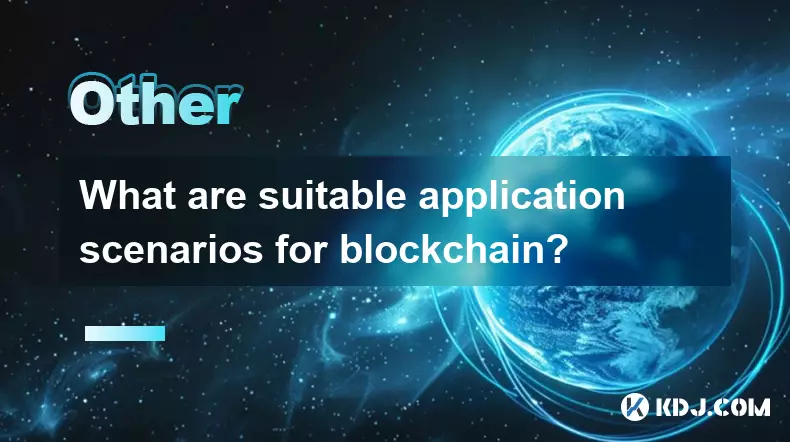
What are suitable application scenarios for blockchain?
Sep 20,2025 at 03:19am
Decentralized Finance (DeFi) Platforms1. Blockchain enables the creation of financial services without centralized intermediaries, allowing users to l...
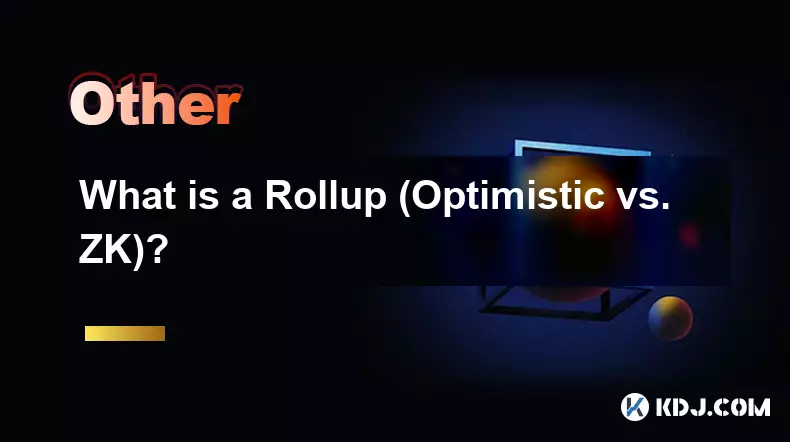
What is a Rollup (Optimistic vs. ZK)?
Sep 22,2025 at 03:00pm
Understanding Rollups in Blockchain Technology1. Rollups are layer-2 scaling solutions designed to increase transaction throughput on blockchains like...
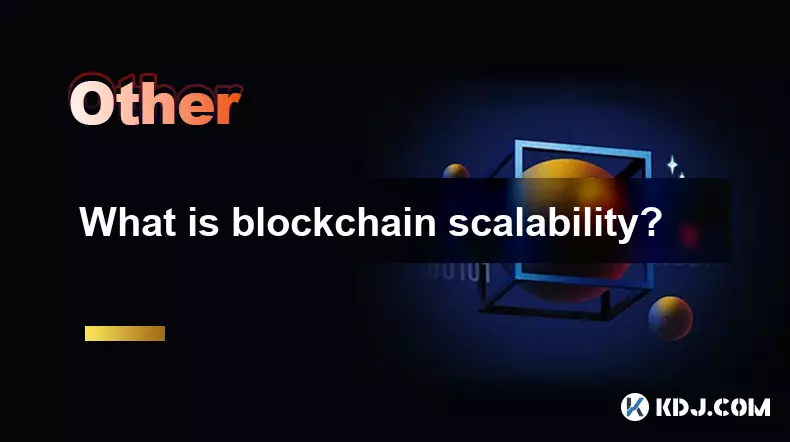
What is blockchain scalability?
Sep 19,2025 at 06:18am
Understanding Blockchain Scalability1. Blockchain scalability refers to a network's ability to handle an increasing number of transactions without com...
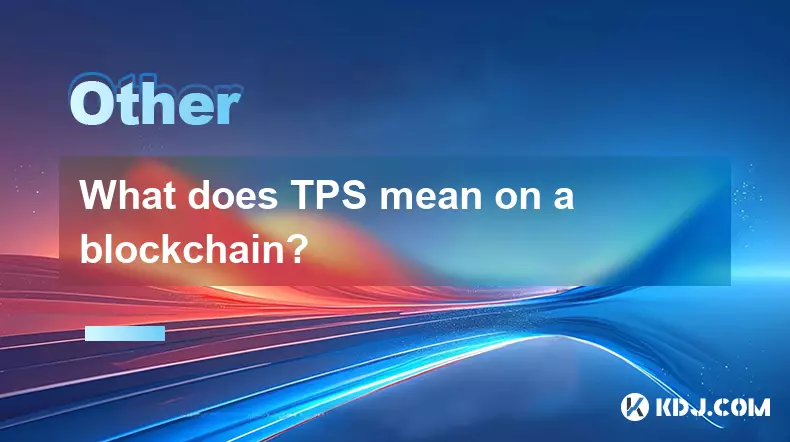
What does TPS mean on a blockchain?
Sep 21,2025 at 09:54am
Understanding TPS in Blockchain Technology1. TPS stands for Transactions Per Second, a metric used to measure the number of transactions a blockchain ...
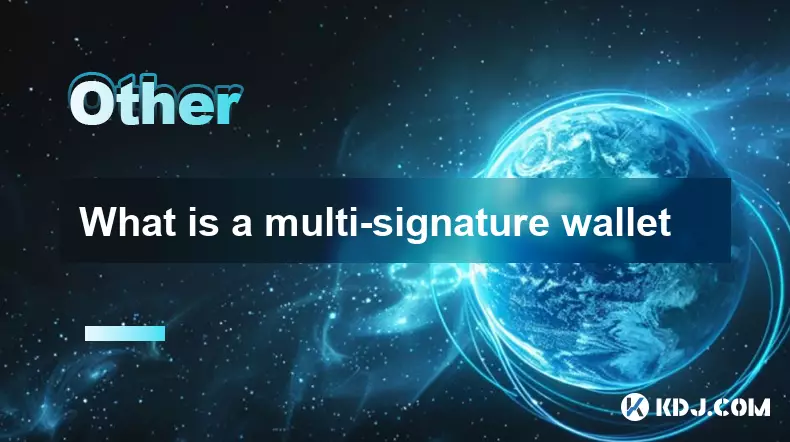
What is a multi-signature wallet
Sep 20,2025 at 07:00am
Understanding Multi-Signature Wallets in Cryptocurrency1. A multi-signature wallet, often referred to as a multisig wallet, is a type of cryptocurrenc...

What is a token economy?
Sep 20,2025 at 12:18am
Understanding the Foundations of a Token Economy1. A token economy in the context of cryptocurrency refers to a system where digital tokens are used a...

What are suitable application scenarios for blockchain?
Sep 20,2025 at 03:19am
Decentralized Finance (DeFi) Platforms1. Blockchain enables the creation of financial services without centralized intermediaries, allowing users to l...

What is a Rollup (Optimistic vs. ZK)?
Sep 22,2025 at 03:00pm
Understanding Rollups in Blockchain Technology1. Rollups are layer-2 scaling solutions designed to increase transaction throughput on blockchains like...

What is blockchain scalability?
Sep 19,2025 at 06:18am
Understanding Blockchain Scalability1. Blockchain scalability refers to a network's ability to handle an increasing number of transactions without com...

What does TPS mean on a blockchain?
Sep 21,2025 at 09:54am
Understanding TPS in Blockchain Technology1. TPS stands for Transactions Per Second, a metric used to measure the number of transactions a blockchain ...

What is a multi-signature wallet
Sep 20,2025 at 07:00am
Understanding Multi-Signature Wallets in Cryptocurrency1. A multi-signature wallet, often referred to as a multisig wallet, is a type of cryptocurrenc...
See all articles










































































